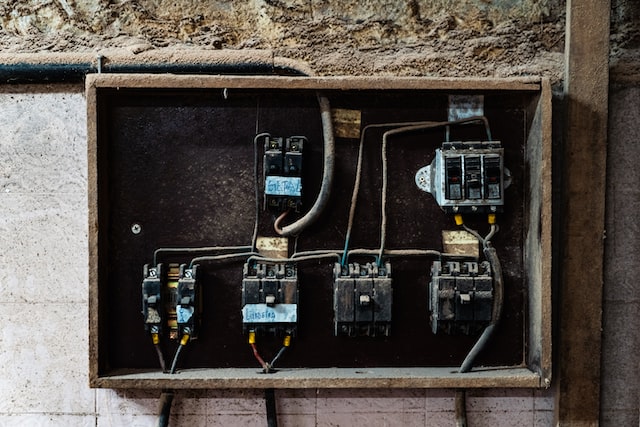There are a few different types of fuses that can be found in a fuse box. One type is a Time-delay fuses. Another is a Short Circuit fuses. These fuses have been designed to protect the wiring within the home. They can also be used to protect appliances that are in overloaded or faulty circuits.
Overloaded circuits
When you have an electrical overload, you may need to replace a fuse in a fuse box. It can be a dangerous situation. This type of power interruption can cause a fire and injuries. You must be aware of warning signs of an overloaded circuit before they start to affect you or your family.
The easiest way to determine if you have an overload is to check the breaker box. If the circuit breaker keeps tripping, it means that there is an overload. Make sure to unplug any appliances that are causing the overload. Turn off all lights and turn off all devices that are not needed.
If you’re not certain what the cause of the overload is, you should contact a licensed electrician. They can assess the problem and suggest steps to take.
One of the biggest causes of overloaded circuits is leaving large energy-drawing appliances plugged in. These can damage wiring and blow a fuse. Move the appliances to a different circuit.

Short circuits
Short circuits in a fuse box can be very dangerous. Electrical shorts can be caused by any number of things, including loose connections, rodents chewing on wires, water infiltration, and even faulty wiring. They can also cause a house fire. But there are steps you can take to prevent them.
You can get a sense of whether or not there is a short circuit by testing the voltage with a multimeter. If the current reading is lower than expected, then you have a short.
A short circuit can cause a number of problems, such as sparks and crackling. It can also cause overheating and a potential electrical fire. Depending on the severity of the short, the damage may be minor or extensive. In addition, the current flowing through a short can be hundreds or thousands of times greater than that of the normal operating current.
You can prevent a short circuit by properly insulating your wires and conductors. For instance, you should not leave wires in a direct contact with objects such as a refrigerator or another metal object.
Faulty appliances
If you have faulty appliances, you may need to replace a fuse in a fuse box. This is a relatively inexpensive repair that is relatively easy to do yourself. You just need to follow a few basic safety precautions.
First, you need to determine which circuits are having problems. These are generally labeled on the electrical panel door. To do this, you should turn off the main power to the fuse box. Then, you need to unplug anything that isn’t working.
Second, you should check the fuses in your home. Most plugs contain a fuse. A blown fuse is obvious if you see scorch marks or cloudiness on the center glass. However, if you see something more subtle, it could be an overloaded circuit.
Third, you need to use a multimeter to test for continuity. You also need to replace the wire insulation if you find any. Finally, you need to install a new fuse with the same amperage rating.

Time-delay fuses
Time-delay fuses are used to protect electrical devices from damage. They are similar to regular fuses but are designed to meet specific applications. They may be a great choice for motors and fluorescent bulbs.
When selecting a fuse, you should take into account the load on your circuit. The maximum current it can handle without blowing is called its “rated current”. You can find this information in the fuse manufacturer’s data sheet.
A time-delay fuse allows a high-current flow to pass through for a certain period of time. This is useful for circuits that experience frequent overloads, such as a motor. It also helps to prevent electrocution. These fuses are designed to be safer than regular fuses, as they can withstand overcurrent spikes.
There are several types of time-delay fuses, including the CC class, which delays the time for 12 seconds at 200% of the rated current. It is best for use in high-inrush electronic circuits, such as solenoids.
